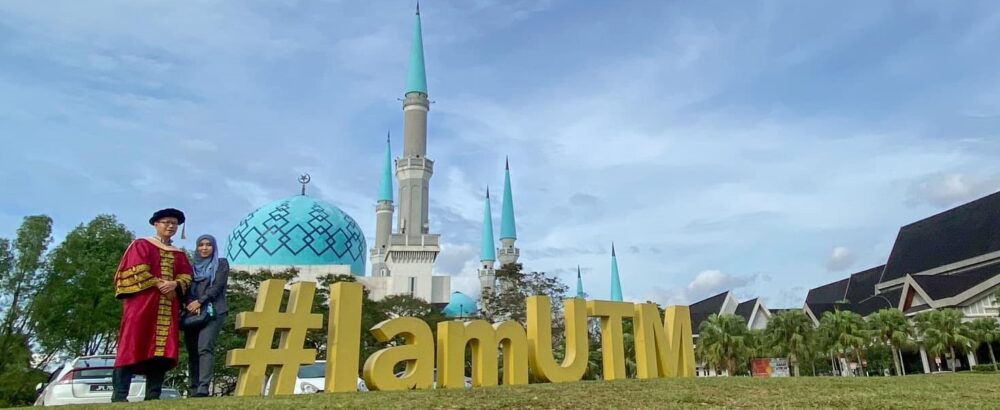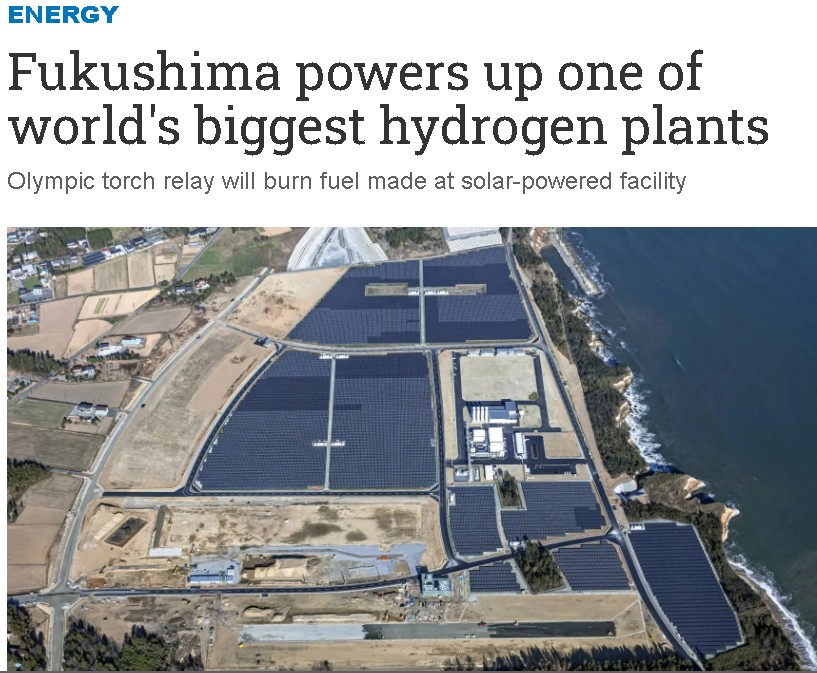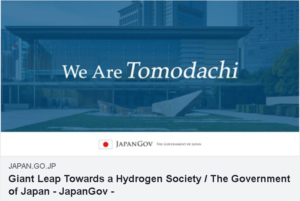Biografi

Ts. Dr. Mohd Fadhzir Ahmad Kamaroddin
Pegawai Penyelidik Kanan, Institute of Future Energy, Jabatan Timbalan Naib Canselor (Penyelidikan & Inovasi), Universiti Teknologi Malaysia, 81310 UTM Johor Bahru, Johor.
https://people.utm.my/mfadhzir/
Ts. Dr. Mohd Fadhzir Ahmad Kamaroddin berasal dari Ayer Hitam, Batu Pahat, Johor dan dilahirkan pada 4 Disember 1983 di Hospital Batu Pahat, Batu Pahat, Johor.
Beliau memulakan alam persekolahan di Sekolah Kebangsaan Kota Dalam, Ayer Hitam sebelum ke Sekolah Menengah Kebangsaan Datuk Menteri, Ayer Hitam daripada Tingkatan 1 hingga 3.
Keputusan cemerlang semasa Peperiksaan Menengah Rendah (8A) membolehkan beliau diterima masuk ke Maktab Rendah Sains Mara Jasin, Melaka semasa di Tingkatan 4 hingga 5.
Selepas seminggu sahaja selepas menduduki peperiksaan Sijil Pelajaran Malaysia (SPM) pada tahun 2000, Dr. Mohd Fadhzir diterima masuk untuk mengikuti program UTM-MARA Ekspres selama 6 bulan di Universiti Teknologi Malaysia, Johor Bahru menggunakan keputusan yang diperolehi semasa ujian percubaan SPM.
Selepas tamat program tersebut, beliau terus ditawarkan kemasukan terus ke pengajian tahun 2 bagi program Ijazah Sarjana Muda Kejuruteraan Kimia (2001-2005).
Dr. Mohd Fadhzir memperolehi Ijazah Sarjana Muda Kejuruteraan Kimia dengan Kepujian (2nd Class upper) daripada Universiti Teknologi Malaysia pada tahun 2005.
Selepas itu, beliau bertugas sebagai jurutera proses di syarikat multinasional tempatan yang menghasilkan minyak bio daripada tandan kosong buah kelapa sawit dengan penglibatan kerjasama pakar bidang dari Belanda, Jepun, Jerman dan juga Korea. Proses yang terlibat dalam penghasilan minyak bio ini ialah proses pyrolysis yang beroperasi tanpa kehadiran gas oksigen atau pun udara persekitaran.
Pengalaman bekerja selama 2 tahun di dalam bidang penyelidikan dan pembangunan (R&D) serta minat yang mendalam mendorong beliau untuk memohon dan diterima kerja sebagai pegawai penyelidik (gred Q41) di Universiti Teknologi Malaysia pada tahun 2007.
Pada tahun 2011, beliau dianugerahkan Anugerah Perkhidmatan cemerlang (APC) oleh pihak pengurusan UTM. Pada tahun 2013, beliau dinaikkan pangkat kepada pegawai penyelidik (gred Q44) dan pada tahun 2014 pula, memperolehi Ijazah Sarjana Kejuruteraan Kimia dengan Kepujian daripada Universiti Teknologi Malaysia.
Beliau juga sekali lagi berjaya dianugerahkan Anugerah Perkhidmatan Cemerlang (APC) pada tahun 2014.
Hasil penglibatan beliau dalam penyelidikan dan pembangunan serta pelbagai jawatankuasa diperingkat universiti, beliau diberikan kepercayaan oleh universiti untuk menjawat jawatan dan dinaikkan pangkat kepada pegawai penyelidik kanan (gred Q48) pada tahun 2018 di Institute of Future Energy, Jabatan Timbalan Naib Canselor (Penyelidikan & Inovasi).
Pada tahun yang sama juga, beliau telah diiktiraf sebagai Teknologis Profesional (Ts.) oleh Lembaga Teknologis Malaysia (MBOT).
Dr. Mohd Fadhzir telah mempeorlehi Ijazah Doktor Falsafah (Kejuruteraan Kimia) daripada Universiti Putra Malaysia setelah diluluskan oleh Majlis Senat Universiti pada 8 September 2022 dalam bidang penghasilan gas hidrogen daripada elektrolisis suhu tinggi kuprum klorida dalam asid hidroklorik menggunakan membrane pertukaran proton hibrid / High-Temperature Electrolysis of Copper Chloride using Hybrid Proton Exchange Membrane for Hydrogen Production.
Sehingga kini, Dr. Mohd Fadhzir telah terlibat dengan lebih daripada 13 projek penyelidikan dan perundingan serta berjaya menerbitkan lebih 20 artikel (5 ISI Q1/Q2, 4 Scopus, 2 bab dalam buku, 6 kertas kerja persidangan, 2 permohonan paten dan lain-lain) di peringkat antarabangsa dan kebangsaan termasuklah juga penerbitan artikel di portal pendidikan online serta akhbar utama.
Selain itu, beliau juga telah menyemak lebih daripada 18 artikel jurnal berimpak tinggi melalui penglibatan sebagai reviewer bagi Journal of Cleaner Production (JCLPRO), International Journal of Hydrogen Energy (IJHE), International Journal of Energy Research (IJER) dan lain-lain lagi.
Dr. Mohd Fadhzir boleh dihubungi melalui LinkedIn https://www.linkedin.com/in/fadhzir/ dan hasil penyelidikan serta kajian beliau boleh dicapai melalui link berikut;
Scopus https://www.scopus.com/authid/detail.uri?authorId=26221132900
Web of Science https://www.webofscience.com/wos/author/record/A-1411-2010
ResearchGate https://www.researchgate.net/profile/Mohd-Fadhzir-Ahmad-Kamaroddin dan,
Google Scholar https://scholar.google.com/citations?user=tSB9eZAAAAAJ&hl=en













